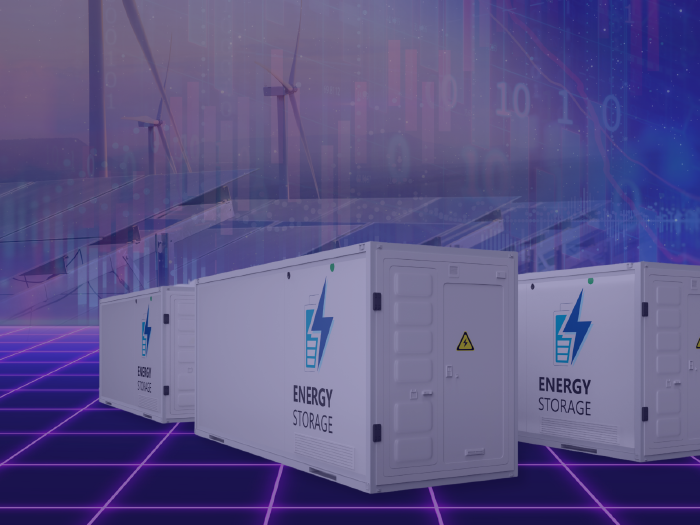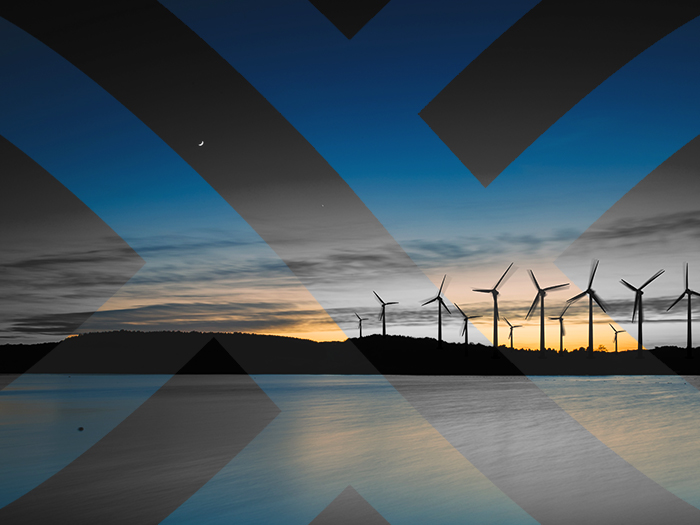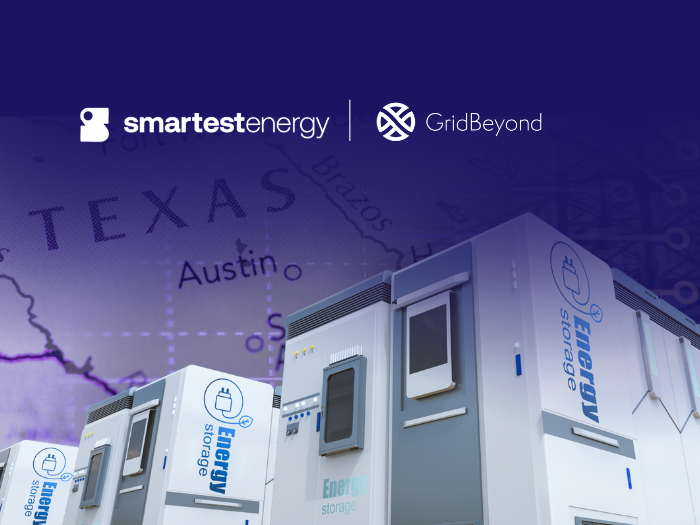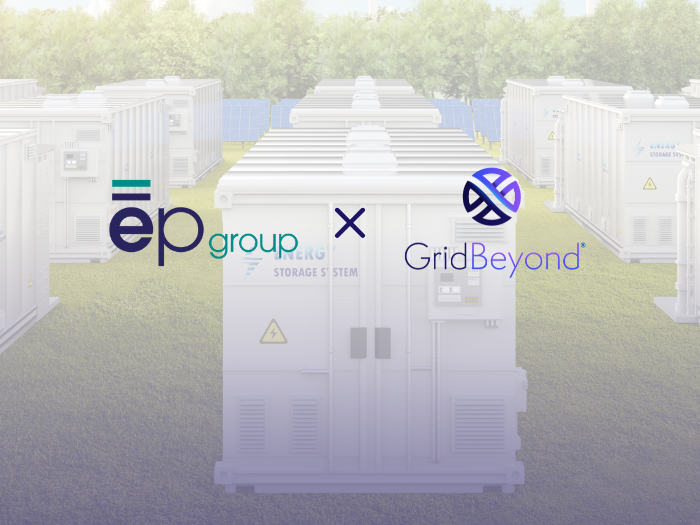News
better business decisions
Posted 1 year ago | 3 minute read
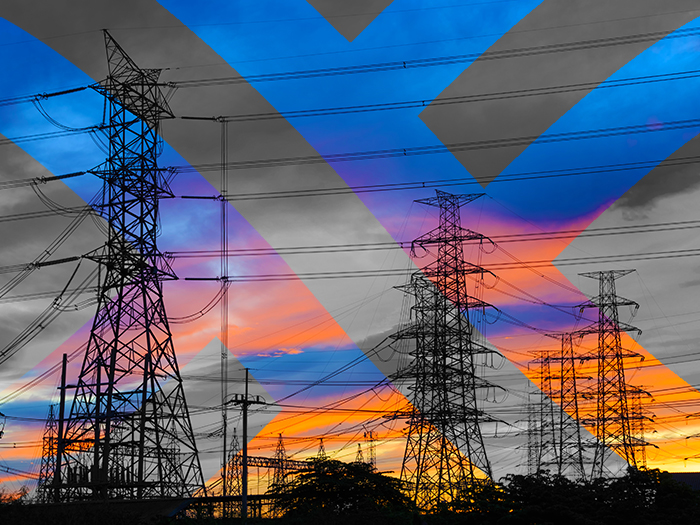
National Grid ESO “decisive action” needed to reach net zero
National Grid ESO has published its Future Energy Scenarios (FES) 2024 report, which notes that “decisive action is needed within the next two years to deliver the fundamental change required for a fair, affordable, sustainable and secure net zero energy system by 2050.”
Published on 15 July, the report noted that Great Britain has made significant progress in reducing carbon emissions. Since 1990, territorial greenhouse gas (GHG) emissions have halved, with renewable energy now accounting for more than 40% of our electricity mix. However, progress must now be accelerated.
Across all net zero pathways, at least 94GW of wind and solar is connected in 2030, with 121GW connected in Holistic Transition. Between 40–51GW of electricity storage is operating by 2050 in all our net zero pathways, with 26–35% of this connected at distribution level.
Holistic Transition and Electric Engagement are the pathways with the highest levels of renewable capacity and, therefore, require more flexibility. National Grid ESO said it expects to see 28GW of battery storage by 2030 in Holistic Transition, reaching 36GW in 2050. Hydrogen Evolution meets flexibility requirements primarily through higher levels of hydrogen storage. As a result, this pathway sees the lowest levels of installed battery storage deployment, reaching 29GW by 2050. The Counterfactual scenario requires less flexibility and, therefore, has the lowest volume of battery capacity by 2050, reaching just under 23GW.
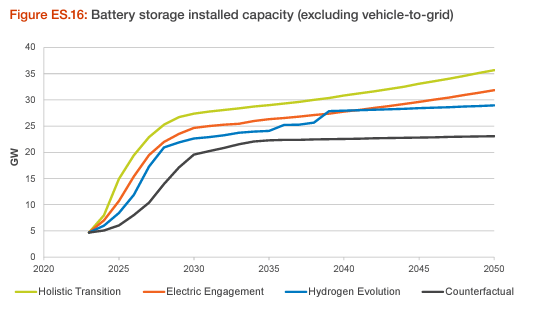
The report also notes that further action is needed to enable mass consumer participation in the energy transition and that flexibility is key to reducing peak electricity demand, particularly as more sectors electrify.
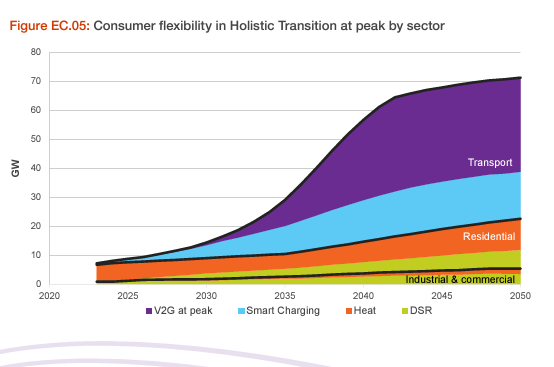
Highlighting the Demand Flexibility Service (DFS), which promotes consumer engagement in shifting demand, the ESO notes that more than 2.4M households signed up for Winter 23-24 DFS, compared to 1.6M in Winter 22-23, demonstrating a positive increase in consumer engagement. The increasing selection of time of use tariffs and enabling technologies, such as electric vehicles, further encourage longer-term engagement by offering consumers the opportunity to save money by shifting demand. As a result, residential and commercial demand side response in Holistic Transition achieves 10GW peak demand reduction in 2050.
The introduction of the Market-wide Half-Hourly Settlement (MHHS), planned for delivery in December 2026, will make the settlement process more accurate by capturing consumers’ usage on a more regular basis. This can benefit consumers indirectly through flexible charging tariffs, and act as a driver for the adoption of more flexibility services alongside the increased use of electricity aggregators.


